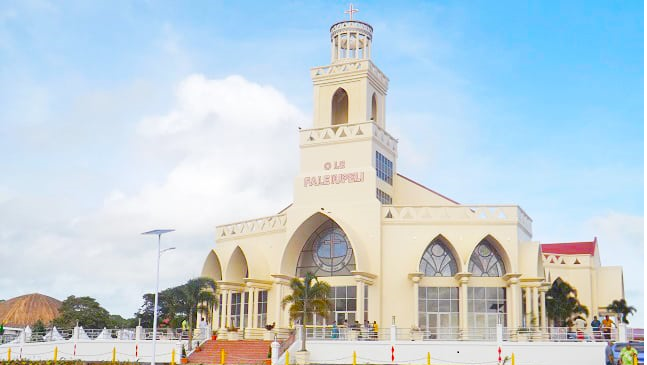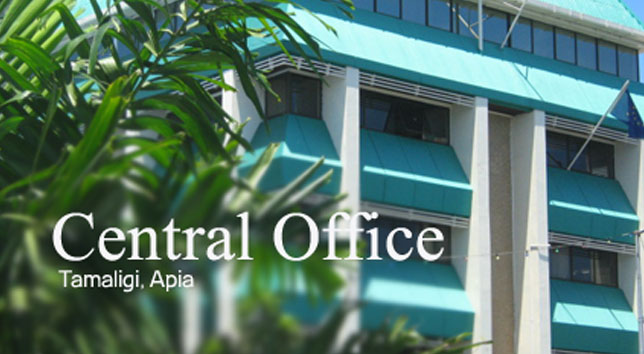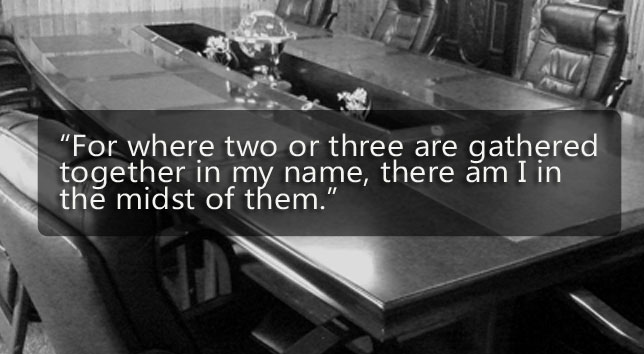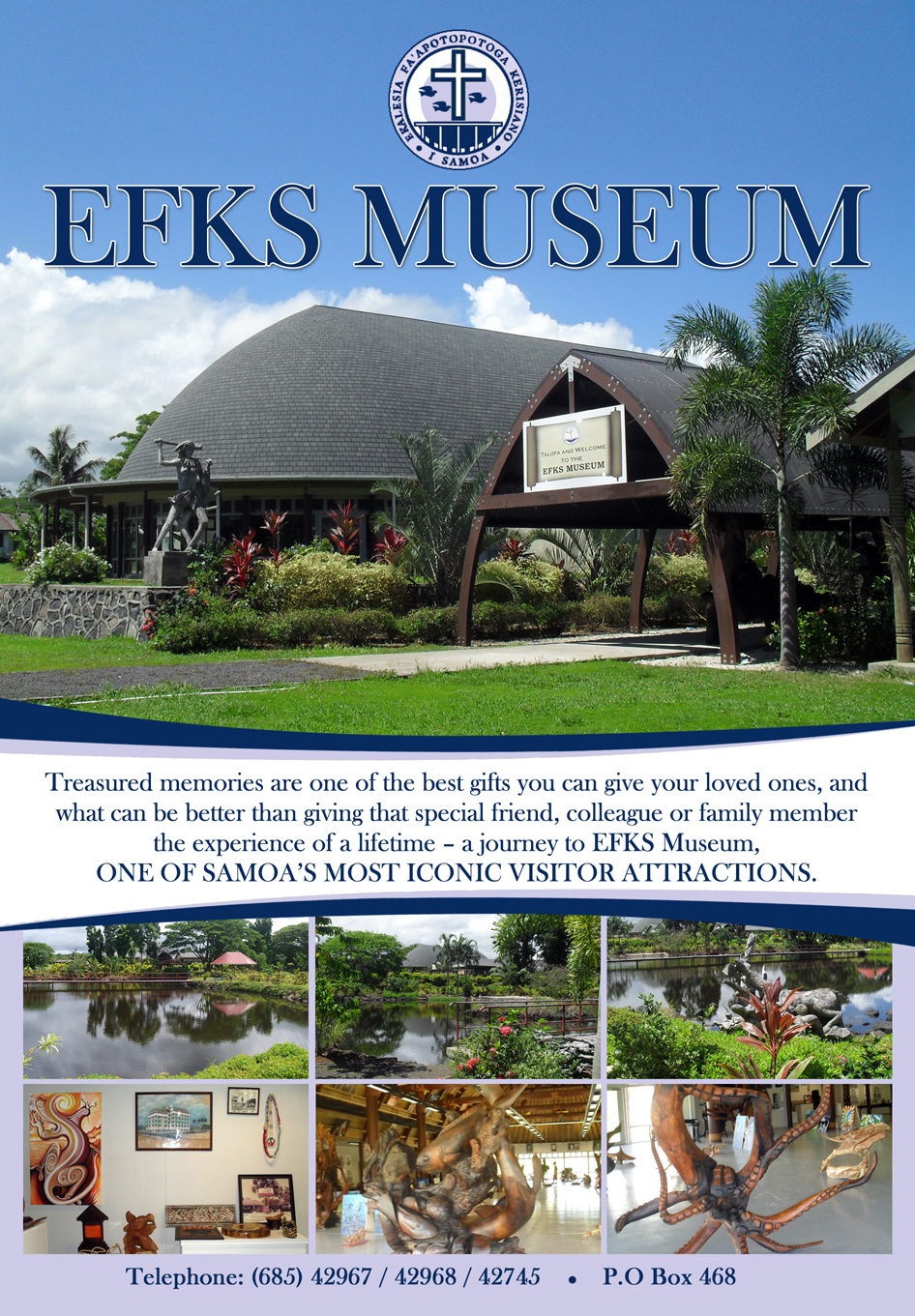At a height of 4m, EFKS Museum is situated approximately twelve miles west of the capital of Apia and about the same distance east of Faleolo International Airport. It was a new and Samoa’s largest Museum and tourist attractions.
The EFKS Museum has been in the pipeline for some time but at the General Assembly of 2007, it was approved to start work on it with the allocated funds already earmarked for the project.
The ground breaking of the Museum project started in 2009, and the construction completed with the opening on Thursday May 12, 2011. The launching service was led by the then chairman of the Congregational Christian Church of Samoa, Rev Elder Tavita Roma.
With high standards of service, the dedicated team at EFKS Museum is committed to providing visitors with an experience to remember.
Design Concepts
The project master builder was Lale Ieremia Jr (Arrow International Ltd), who descends from a prominent family of the Church.
It is a very attractive piece of architect located within the vicinity of Malua, consisting of a large, high ceiling glass walled Samoan Fale, with office rooms in the front and the back. The front section entry to the main building and to the hull have open-air walkways on both sides decorating with beautiful carvings and statues which tell its own unique story or tale from Samoan ancestors myths. The most northern section of the Museum facing the main road seaside depict the hull of the vessel that brought the first English missionary, Rev John Williams, who brought the LMS church to Samoa and the fulfillment of Nafanua’s prophecy.
Attractive board walkways are built on a man-made turtle and fish bond in front of the Museum, which are enclosed by a high brick wall fence in the front near the main road.
History and Milestones
A certain feature at the entrance of the Museum is the statue of the Samoan goddess Nafanua, who prophesied to Malietoa Vainuupo the arrival of Christianity to Samoa. This was widely accepted as coming to pass when John Williams arrived with the Gospel of Jesus Christ at Sapapalii Savaii in the year 1830.
During the opening of the Museum, the then Acting Prime Minister Tuiloma Pule Lameko described the project as “the Church’s biggest contribution to the tourism and economic development” in history.
“Perhaps the mythical fale (house) at Amoa looked something like this. It is truly a magnificent building. Not only will it be a money spinner for the country, but it will also serve as an archive for church documents and church history,” Said Tuiloma.
On display at the museum are old printing presses that were used in the early days of the church. “These printing presses were used to translate the bible and put Samoan language in writing. This was how Samoa learned to read and write, thanks to the work of the early missionaries who established the Samoan alphabet.” Tuiloma said the museum would be a regular stop for tourists travelling from Faleolo Airport to Apia.
The invited guests for the opening day donated a total of SAT$110,373.26. Notable gifts presented were 150 chairs from faletua Tifilelei Ieremia along with Uilelea Uilelea who donated a Bible. Other donors included United Church of Christ, Lapana Faletolu and PIC Christchurch, Arrow International Ltd and Ricoh New Zealand.
The man-made pond in front of the museum was made possible through kind donations from CWM Pacific who donated SAT$54,834.58, CWM Global’s SAT$216,904.48 along with PCC Kafa Fund (Fiji) and Ricoh Samoa EFKS who donated SAT$7,000.00 and SAT$50,000 respectively.
The administration and day to day running of the Museum was to be handled by the General Purposes Committee (KFE). The Schools Committee (KA) was also to assist especially with the involvement of the School of Fine Arts. The Museum was to house and display the works of the School of Fine Arts who would also use the building for Arts studies and research. Furthermore it would also store significant and historical artifacts of the Church along with her history.
It closed its doors to the public in March 11, 2013 (twenty one months after the official opening in May 2011). It has just re-opened again in July 24 2013 with its new Manager looking after its operation since 26 August 2013.








